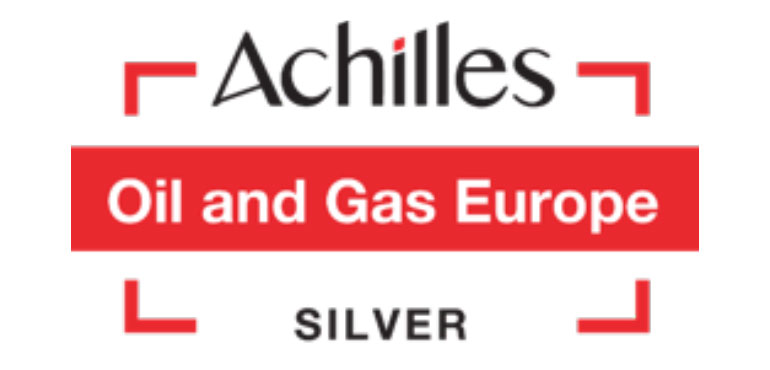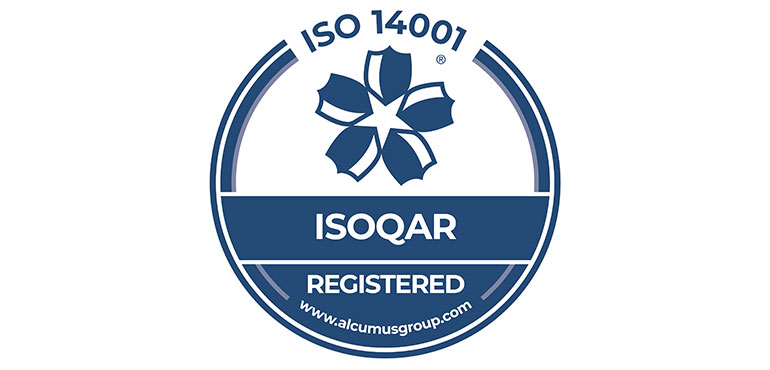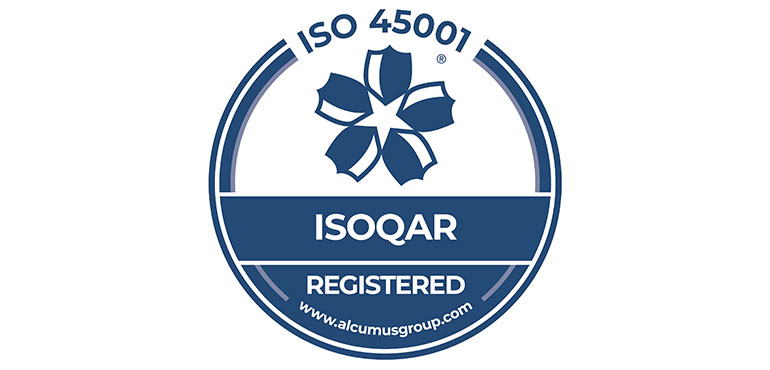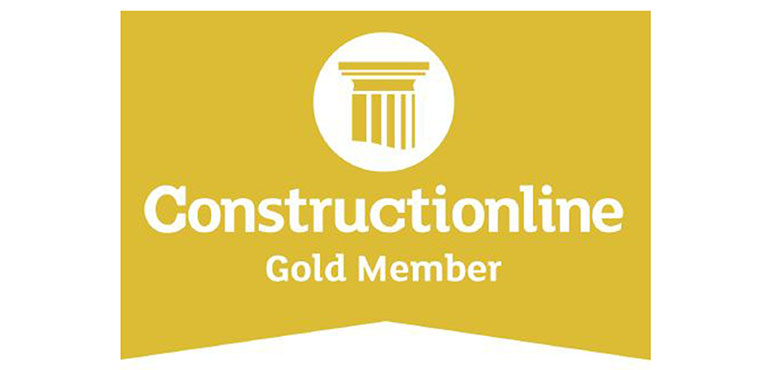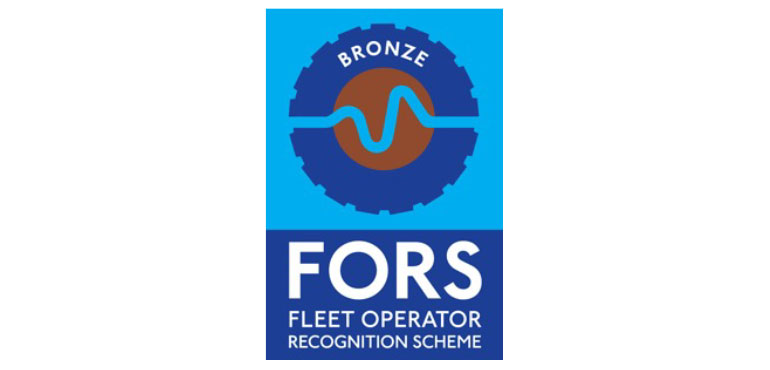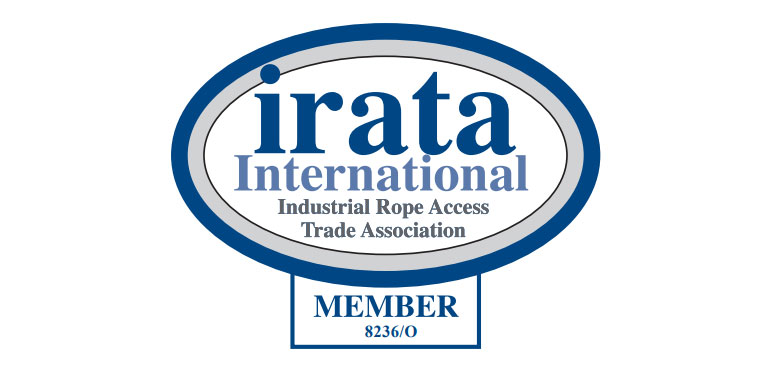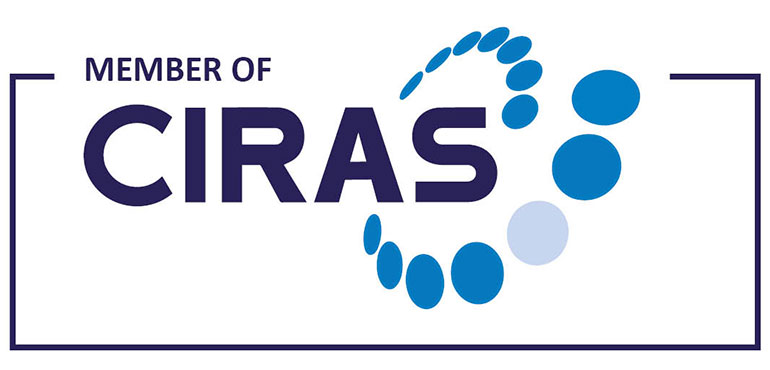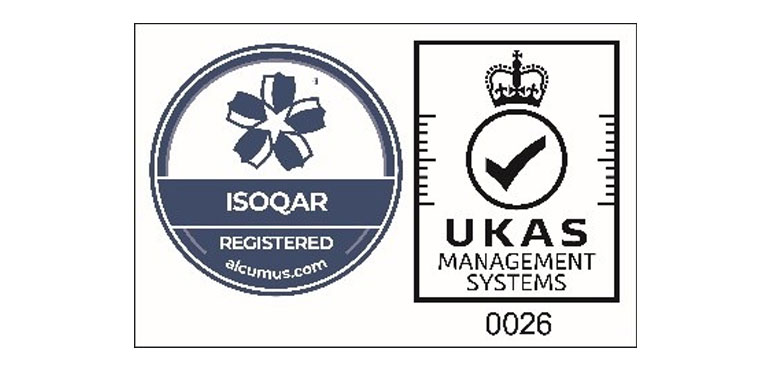Garlogie Dam Removal, Aberdeenshire
Working on behalf of our client The River Dee Trust, Taziker was contracted to permanently decommission the existing dam at Garlogie Reservoir in Aberdeenshire, Scotland.
Garlogie Dam was one of four major dams blocking fish migration on the Culter Burn. Fish migration was completely blocked until a fish pass was constructed in 2014 and since then, salmon have started to re-colonise much of the Culter burn and with the dam removed, even more of the catchment would be available for salmon, trout and eels.
The numbers of Atlantic salmon in the area had dwindled year-on-year and the dam provided limited access for the salmon to venture upstream. To allow access and habitat restoration for these precious species and other forms of wildlife, work was required to remove a wedge from the centre of the dam. The long term aim of the project is to allow water to flow more freely and encourage a new generation of salmon to grow in the area.
The challenge
A ‘V’ shaped section was to be cut into the centre of the dam but came with significant environmental challenges. The works to remove the section of the dam would increase the capacity of waterflow and remove the risk of dam failure in the future, with risks around the dam’s structural integrity should an event occur.
The location of the dam sees otters, badgers and common lizards residing in the area. Prior to works commencing, there was evidence of otters and common lizards close to our works, proving to be a significant challenge.
The solution
Working with our valued sub-contractors, a diamond wire saw was used with two holes drilled into the face of the dam feeding through the 12mm diamond encrusted wire at the top in a continuous loop. This was then put onto a pulley system, running off a diesel generator. During the process of removing the section from the dam, it was vital to protect the river from dust pollution. A lined basin was constructed at the back of the wall with straw bales and extra silt cuttings, ensuring that if a leak did occur it was an added failsafe further downstream.
was then put onto a pulley system, running off a diesel generator. During the process of removing the section from the dam, it was vital to protect the river from dust pollution. A lined basin was constructed at the back of the wall with straw bales and extra silt cuttings, ensuring that if a leak did occur it was an added failsafe further downstream.
To create an access route to the dam, clean stone was placed into the river to create an access pad. Four 600mm twin wall pipes were placed at the front of the sluice opening to allow a controlled water flow with access pads in place throughout the removal.
Flood risk management plans were put into place, including the nearby neighbouring loch, where the level was dropped and used as a buffer zone.
The steelwork associated with the sluice gate and winding gear of the dam was carefully removed and transported to a local museum, meaning that part of the historical dam will be on show for current and future generations to enjoy.
Environmental impact
Working to protect the local wildlife, an otter license was procured prior to works commencing. The team on site worked closely with the ecologist, who was able to advise that the common lizards were out of hibernation season, meaning works would not disturb their habitat. Across the course of the project, the ecologist visited twice weekly to provide key advice and guidance, including where wildlife would likely reside i.e. badgers in dark, warm places such as when excavating works took place.
The result
The dam was decommissioned successfully meaning that salmon and trout can now access approximately 20 kilometres of precious spawning habitat. 500 metres of burn and riverbank habitats submerged for almost a century have now been restored, as well as habitat restoration of the 3.5 hectares site further upstream of the dam.
August 2023 - October 2023
The scope of the works included:
- Removing a section from the centre of the dam structure using a concrete wire saw.
- Sourcing of clean stone to place in the river, creating an access route to the dam.
- Removal of steelwork from the sluice gate and winding gear to be displayed in a local museum.
- Access works to the riverbank.
- Flood risk management.
- Regrade the riverbank.
- Temporary flood management.
- Crush material on site for re-use on local estate.
- De-vegetation works
- Site set up and welfare.









